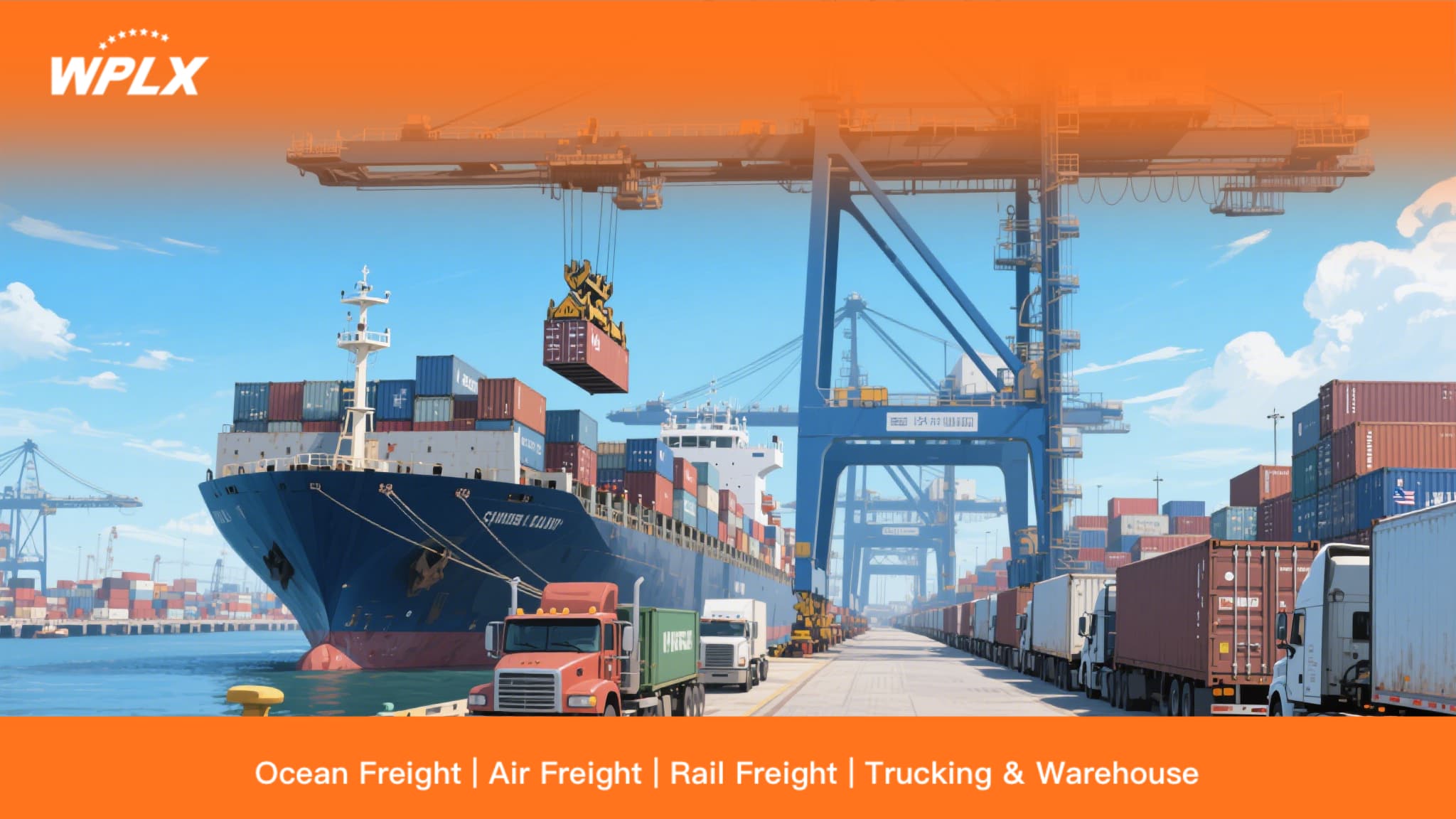
Core Drivers of the Global Shipping Market: Adjustment of Sino-US Economic and Trade Relations
In recent days, the most critical driver of the international shipping market has been the positive progress in Sino-US economic and trade relations. Following the Joint Statement of the Sino-US Geneva Economic and Trade Talks on May 12, 2025, both sides agreed to suspend some additional tariffs for 90 days. China reduced the tariff rate on US imports from 34% to 10% starting at 12:01 a.m. on May 14 and suspended a 24% retaliatory tariff. This move immediately boosted market enthusiasm, especially on China-US routes, which had been suppressed by trade frictions.
This has led to a surge in freight demand from China to the US, creating a "rush to ship" phenomenon. Many foreign trade enterprises reported urgent order requests from US clients, with some even opting for more expensive air freight to shorten delivery times. As a result, shipping companies saw a dramatic increase in orders, tight cabin space, and rising freight rates.
Regional Market Dynamics
Asia
The easing of trade tensions has directly stimulated China's export market, with major ports like Shanghai witnessing a significant increase in freight volumes. After the joint statement, maritime bookings from China to the US surged by 35% in just one day. However, the sudden surge in demand also posed challenges. Some shipping capacity had previously been shifted from the US route to other routes (such as Europe and Latin America) due to declining demand. This led to a "ship shortage" situation, with freight rates soaring. For example, some shipping companies' US route rates jumped from $2,500 per TEU to $6,000 per TEU in early June.
Europe
The European shipping market has also been affected. The container shipping index (Europe route) has seen a significant increase, partly due to shipping capacity reallocation from the US route. With the recovery of China-US demand, some capacity is expected to return to the US route, potentially tightening the Europe route supply and pushing up freight rates. Major European ports like Rotterdam and Antwerp are facing ship docking delays due to concentrated arrivals and dockworker shortages. As the European retail summer stocking season begins, shipping companies are likely to raise prices.
South America
South America plays a crucial role in bulk commodity transport. Amid Sino-US trade frictions, China increased soybean imports from South America, supporting South American export routes. Some shipping capacity previously diverted from the China-US route was allocated to South America. However, as China-US demand recovers, this capacity may be reallocated, affecting South American shipping supply and rates.
Summary and Outlook
The international shipping market has seen significant changes due to the easing of Sino-US trade relations. While the maritime market has shown a booming short-term trend, it faces long-term challenges. The air freight market has seen some demand highlights. Participants need to closely monitor trade relations, macroeconomic recovery, shipping capacity changes, and geopolitical risks to make prudent decisions.
Actionable Advice
1. Leverage the Current Market Window: Given the 90-day tariff suspension period, shippers should prioritize moving goods that are most sensitive to tariffs or have high inventory turnover. This can help avoid potential future costs and capitalize on the current favorable conditions.
2. Diversify Shipping Routes: With the potential for shipping capacity reallocation, shippers should consider diversifying their shipping routes. For example, exploring alternative routes through Europe or South America can provide flexibility and mitigate risks associated with direct China-US routes.
For more detailed advice, feel free to contact us at any time. Alternatively, you can visit us at Booth B5.110 at the transport logistic exhibitions 2025 for a face-to-face discussion.


